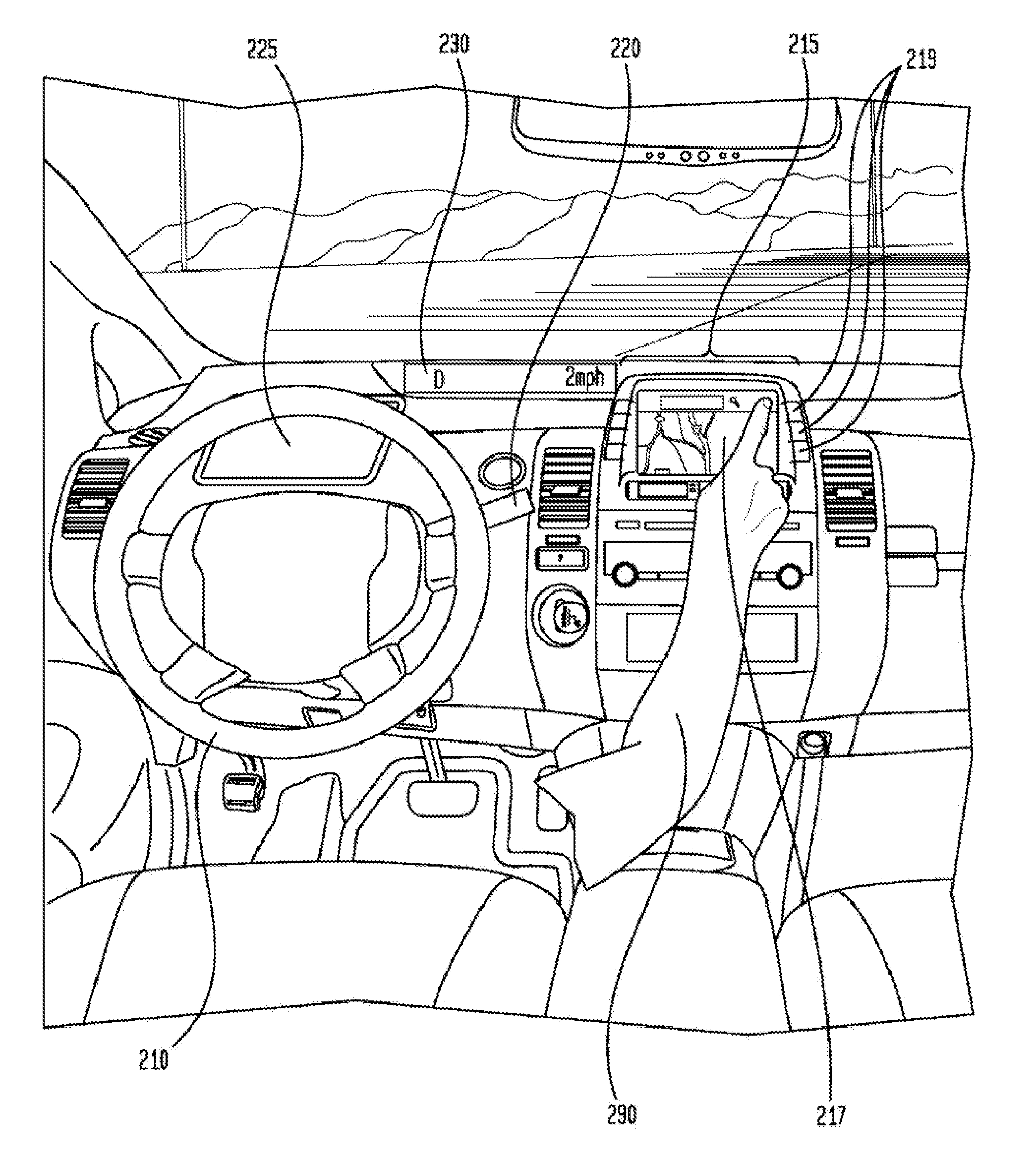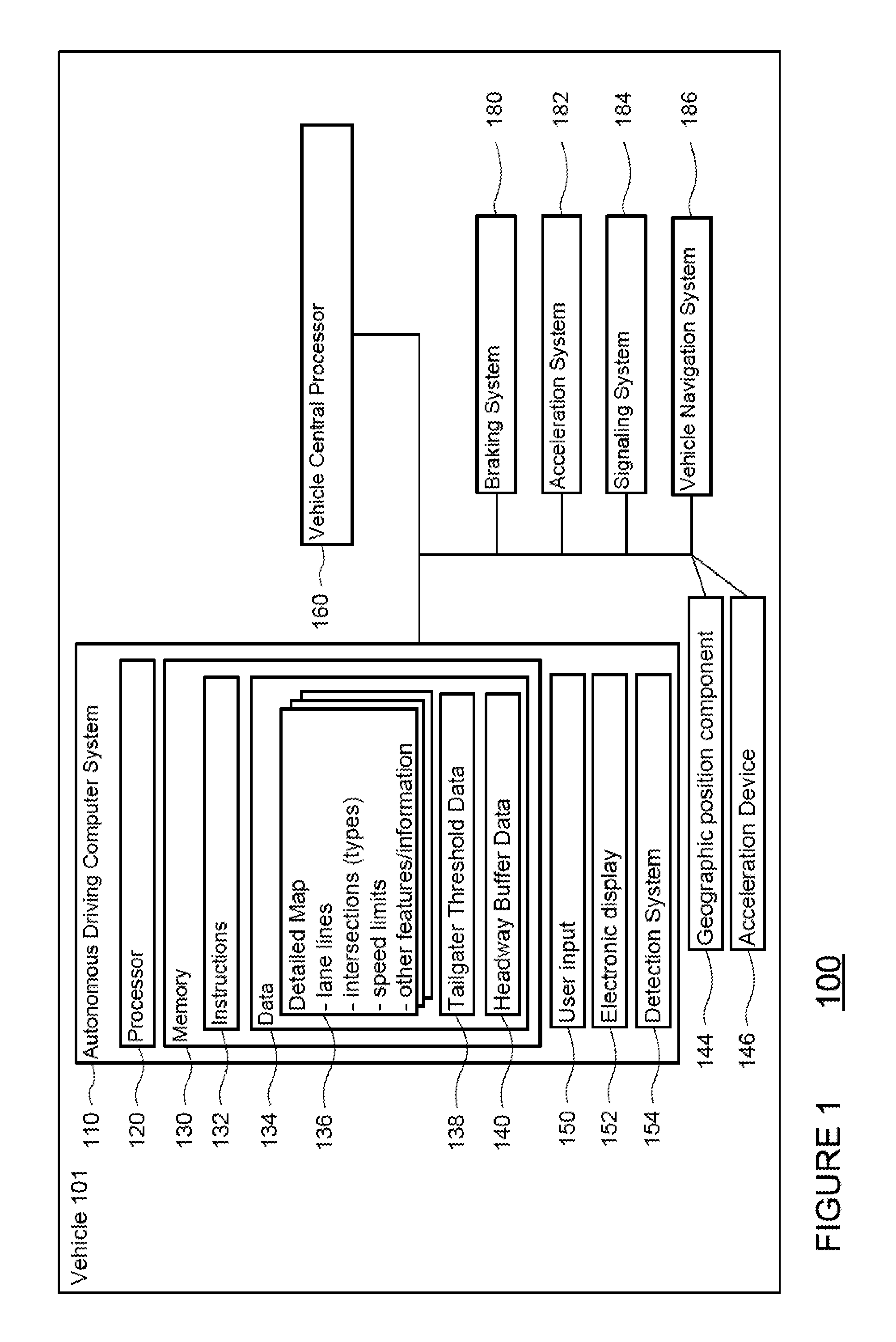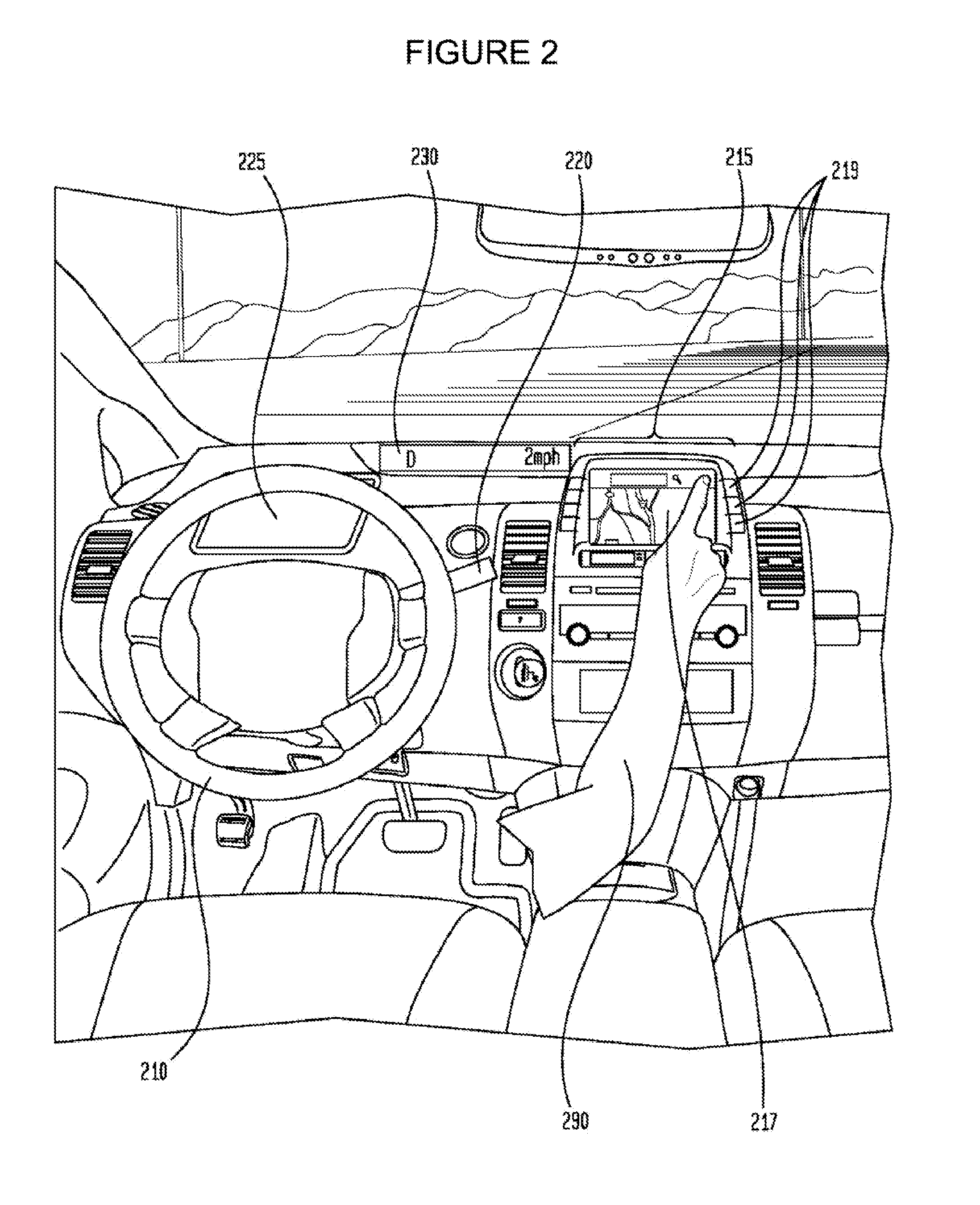Detecting and responding to tailgaters
a technology for tailgaters and autonomous vehicles, applied in the direction of instruments, process and machine control, vehicle position/course/altitude control, etc., can solve the problems of present safety and comfort issues for passengers of autonomous vehicles
- Summary
- Abstract
- Description
- Claims
- Application Information
AI Technical Summary
Benefits of technology
Problems solved by technology
Method used
Image
Examples
Embodiment Construction
[0020]The disclosure provides an adaptive approach for detecting a tailgating vehicle as well as various response mechanisms that may be used by an autonomous vehicle in response thereto. An autonomous vehicle may include vehicles having one or more semiautonomous or autonomous modes. Such vehicles may also include one or more manual driving modes.
[0021]According to one aspect, a vehicle may be identified as a tailgater based on whether its characteristics meet a variable threshold. When the autonomous vehicle is traveling at slower speeds, the threshold may be defined in terms of distance. When the autonomous vehicle is traveling at faster speeds, the threshold may be defined in terms of time.
[0022]Once a vehicle has been identified as a tailgater, the autonomous vehicle may provide various notifications. This may include notifying passengers of the autonomous vehicle audibly or visually, and / or notifying the tailgater visually that he or she is tailgating.
[0023]The autonomous vehi...
PUM
 Login to View More
Login to View More Abstract
Description
Claims
Application Information
 Login to View More
Login to View More - R&D
- Intellectual Property
- Life Sciences
- Materials
- Tech Scout
- Unparalleled Data Quality
- Higher Quality Content
- 60% Fewer Hallucinations
Browse by: Latest US Patents, China's latest patents, Technical Efficacy Thesaurus, Application Domain, Technology Topic, Popular Technical Reports.
© 2025 PatSnap. All rights reserved.Legal|Privacy policy|Modern Slavery Act Transparency Statement|Sitemap|About US| Contact US: help@patsnap.com



